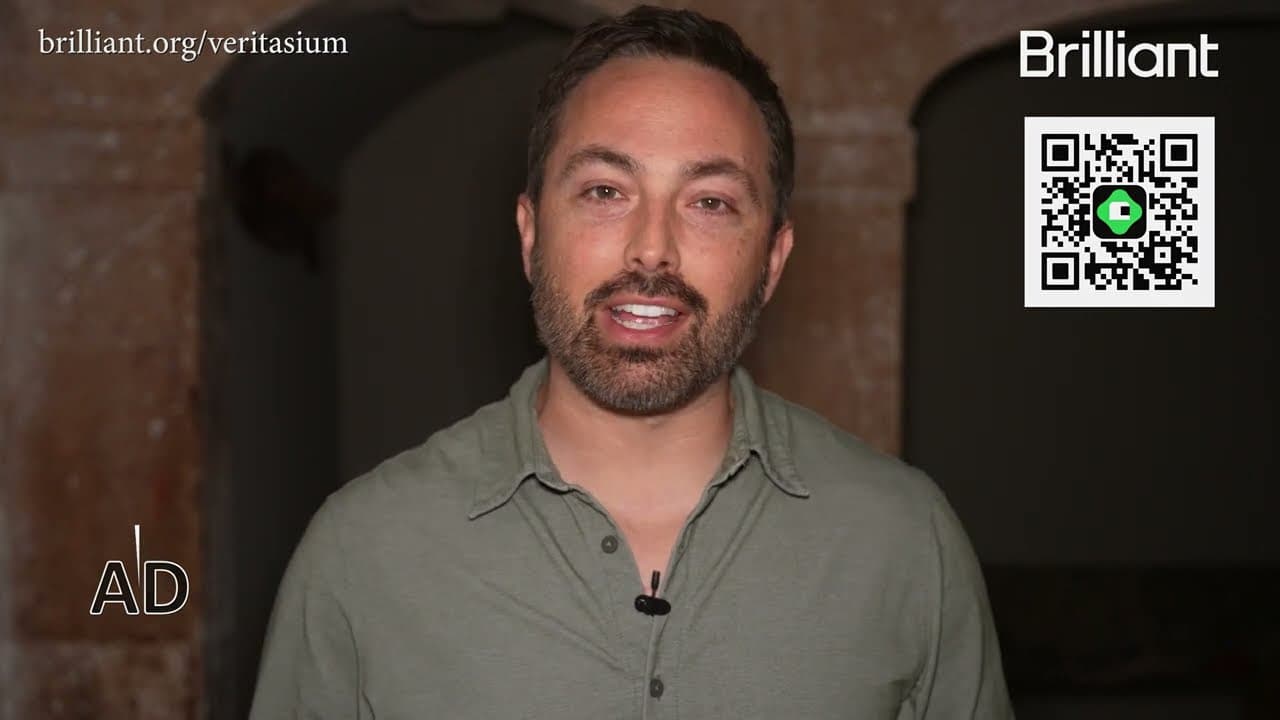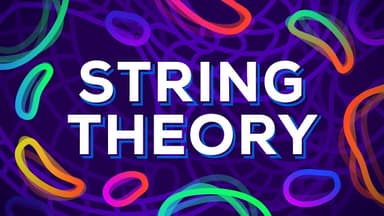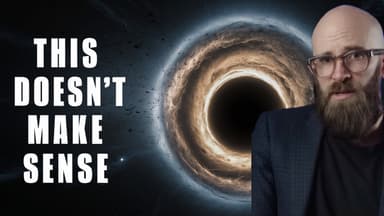Discovering the Axiom of Choice
I remember the first time I encountered the axiom of choice in mathematics—it seemed straightforward yet led to mind-bending paradoxes that challenged our understanding of infinity and measurement. As I delved deeper, I uncovered how this simple rule has sparked centuries of debate, revealing both the beauty and the absurdity in the foundations of math.
TL;DR
I started with the puzzle of selecting numbers in infinite sets, realizing it leads to uncountable infinities that defy easy ordering.
Cantor's groundbreaking proof showed some infinities are larger, sparking controversy and pushing me toward the axiom of choice for resolution.
Yet, this axiom created wild paradoxes, like sets with no measurable length, making me question if infinite choices are truly possible.
Zermelo's work proved the axiom's value, allowing well-ordering of even the real numbers, though it opened doors to bizarre results like duplicating spheres.
Ultimately, mathematicians accepted it as a tool, balancing its utility against counterintuitive outcomes in modern math.
When I first learned about the axiom of choice, it struck me as a basic idea: if you have an infinite collection of non-empty sets, you can pick one element from each. But in math, true randomness doesn't exist, so how do we make these selections without a clear rule?
This dilemma traces back to Georg Cantor's work in the 1870s, where he tackled the ordering of real numbers. He discovered that infinities come in different sizes—countable ones like natural numbers can be listed, but uncountable ones like reals cannot be paired one-to-one.
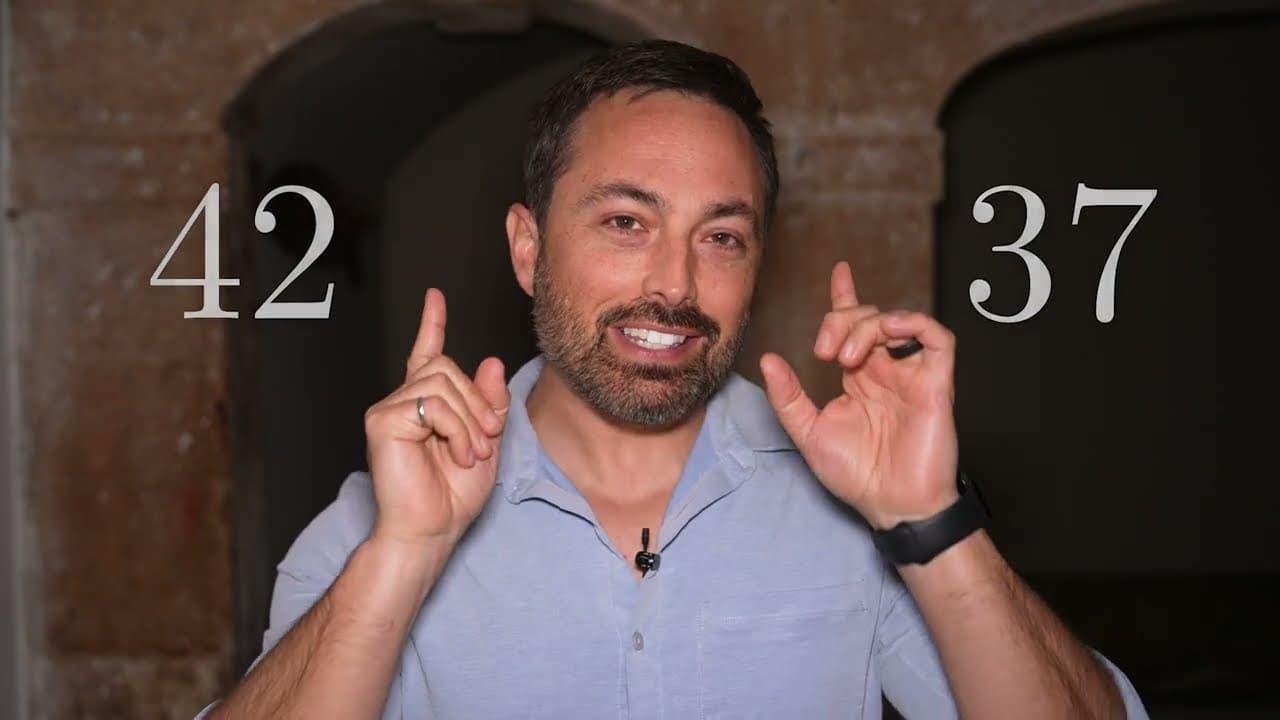
Cantor's diagonalization proof was a revelation for me; it showed that no list could capture all real numbers between zero and one, proving a larger infinity. Despite backlash, he pushed for well-ordering every set, meaning a clear starting point and order for subsets.
However, Cantor's efforts led to personal struggles, including nervous breakdowns, as critics like Kronecker dismissed his ideas. It wasn't until Ernst Zermelo formalized the axiom of choice that progress resumed.
Zermelo used the axiom to well-order the real numbers by selecting elements from subsets all at once, even if we can't specify how. This process involves extending beyond natural numbers with concepts like omega, ensuring every set has a first element.
Yet, the axiom's implications were troubling; it enabled paradoxes like the Vitali set, where numbers between zero and one are grouped by rational differences, resulting in a set that defies measurement. For instance, grouping reals so that numbers differing by a rational go together creates bins, and selecting one from each leads to an unmeasurable collection.
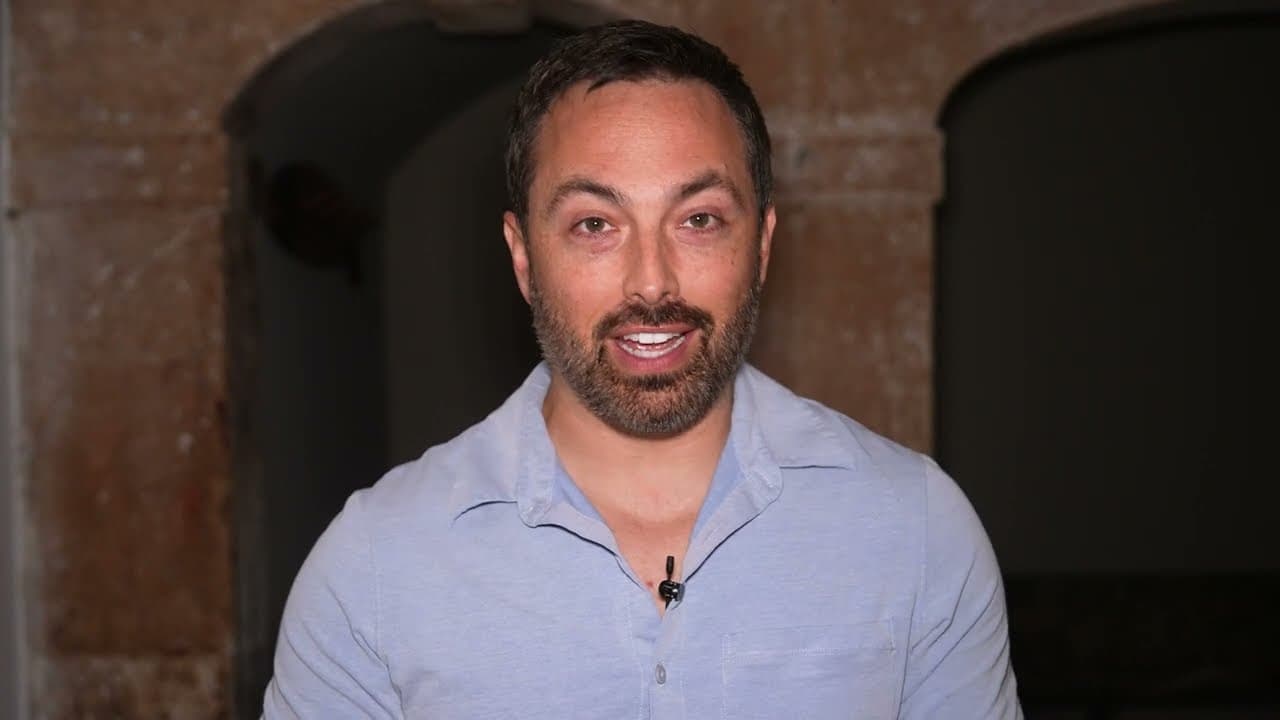
Another paradox, the Banach-Tarski theorem, showed that a sphere could be disassembled into pieces and reassembled into two identical spheres, violating intuitive notions of volume. I visualized this through a graph where shifting sections recreates the whole, highlighting how non-measurable sets allow such impossibilities.
Despite these issues, mathematicians like Gödel and Cohen later proved the axiom's consistency within set theory, making it a standard tool. It simplifies proofs and extends finite results to infinite cases, though some still avoid it for clarity.
Reflecting on this journey, the axiom of choice reminds me that math isn't just about numbers—it's about the logical frameworks we build, and sometimes embracing the strange leads to greater understanding.
As I wrap up, the story of the axiom of choice highlights how it transformed abstract debates into practical foundations, influencing everything from set theory to AI logic, and leaving us to ponder the balance between intuition and necessity.
Key Takeaways
The axiom of choice enables selection from infinite sets but leads to paradoxes like non-measurable sets.
Cantor's work revealed different sizes of infinity, setting the stage for well-ordering debates.
Despite controversies, the axiom is now widely accepted for its utility in mathematical proofs.
